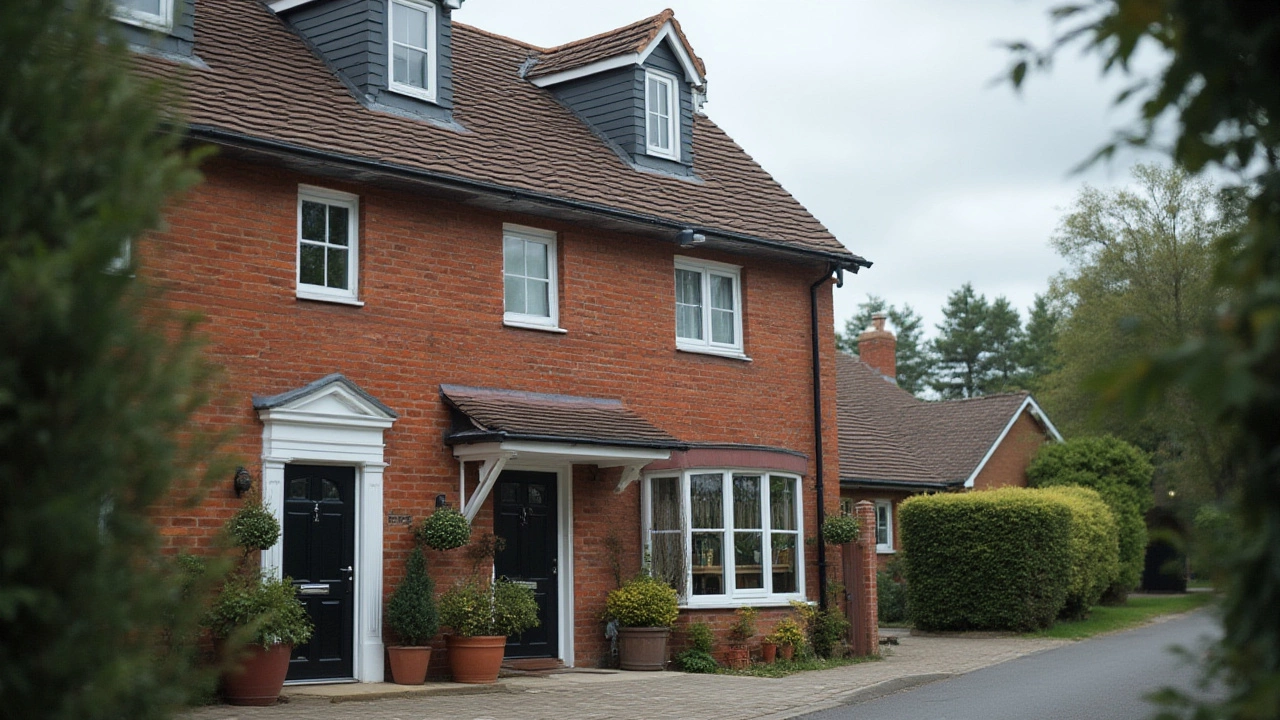Putting a camera in the right place can turn a blind spot into a clear view. You don’t need a professional to figure it out – just follow a few practical rules and you’ll get solid coverage without spending extra time.
Start with the main entry points. The front door, back door, and any side doors should each have a camera that looks straight at the doorway. Mount the camera about 7‑9 feet high. That height lets you see faces and makes it hard for someone to reach the lens.
Next, think about windows that overlook the street. A camera angled down toward the window catches anyone trying to peer inside. Make sure the lens isn’t pointed at the sun – glare can ruin footage.
Hallways are natural routes between rooms. A single camera in the central hallway can watch several doors at once. Use a wide‑angle lens if the hallway is long, and position the camera so it faces the far end.
Don’t forget the garage. If you store tools or a bike, place a camera where the garage door opens. A view of the door and the interior floor helps you spot a thief before they get inside.
Outdoor cameras need protection from the weather and from people who might try to tamper with them. Mount them under eaves or in a small overhang to shield the lens from rain.
Cover all approaches to your house. A camera on the front wall that looks down the driveway catches visitors before they reach the gate. Pair it with a side‑yard camera that watches the back of the house.
Keep the camera out of reach. Use a wall bracket that puts the unit at least 10 feet high, or install it on a pole that’s hard to climb. If someone does manage to get close, a vandal‑proof housing makes the lens harder to smash.
Light matters at night. Position the camera so it uses its built‑in infrared LEDs without shining directly into a neighbor’s bedroom window. If a spot is too dark, add a small floodlight that turns on with motion – it improves the image and deters intruders.
Finally, test the view before you finish. Walk through the area and check the live feed from your phone. Adjust the angle until you see the whole doorway, driveway, or yard without blind spots.
By following these easy steps, you’ll get clear footage where it matters most. Proper placement not only helps you catch a break‑in, it also lets you see who’s at the door before you answer. A well‑placed camera is a simple, cost‑effective upgrade to any home security system.

Curious about the right—and wrong—places for security cameras at home? This deep dive covers privacy risks, legal mistakes, and smarter locations to avoid trouble.